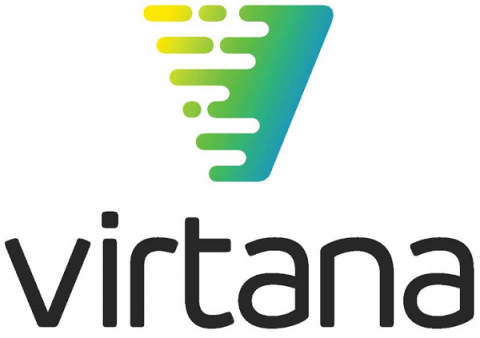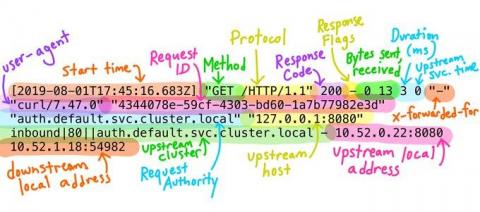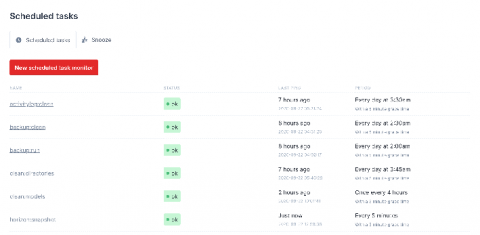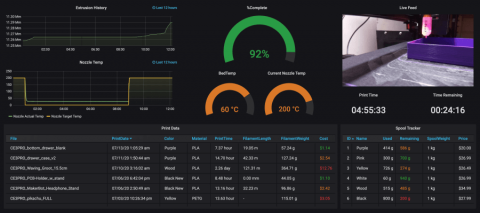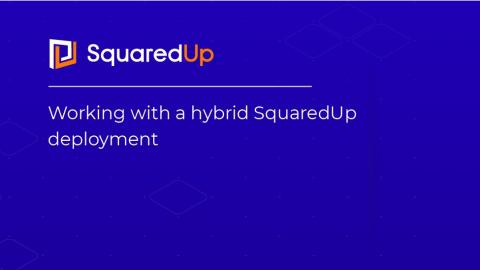Harnessing the Transformative Power of Disruption
They say that necessity is the mother of invention. I believe that the aphorism has a business corollary: Disruption is the mother of transformation. I’ve seen it prove out over and over again throughout my career. In fact, I’d even go one step further to say that lack of disruption can actually stand in the way of successful change—and I have the scars to prove it.


